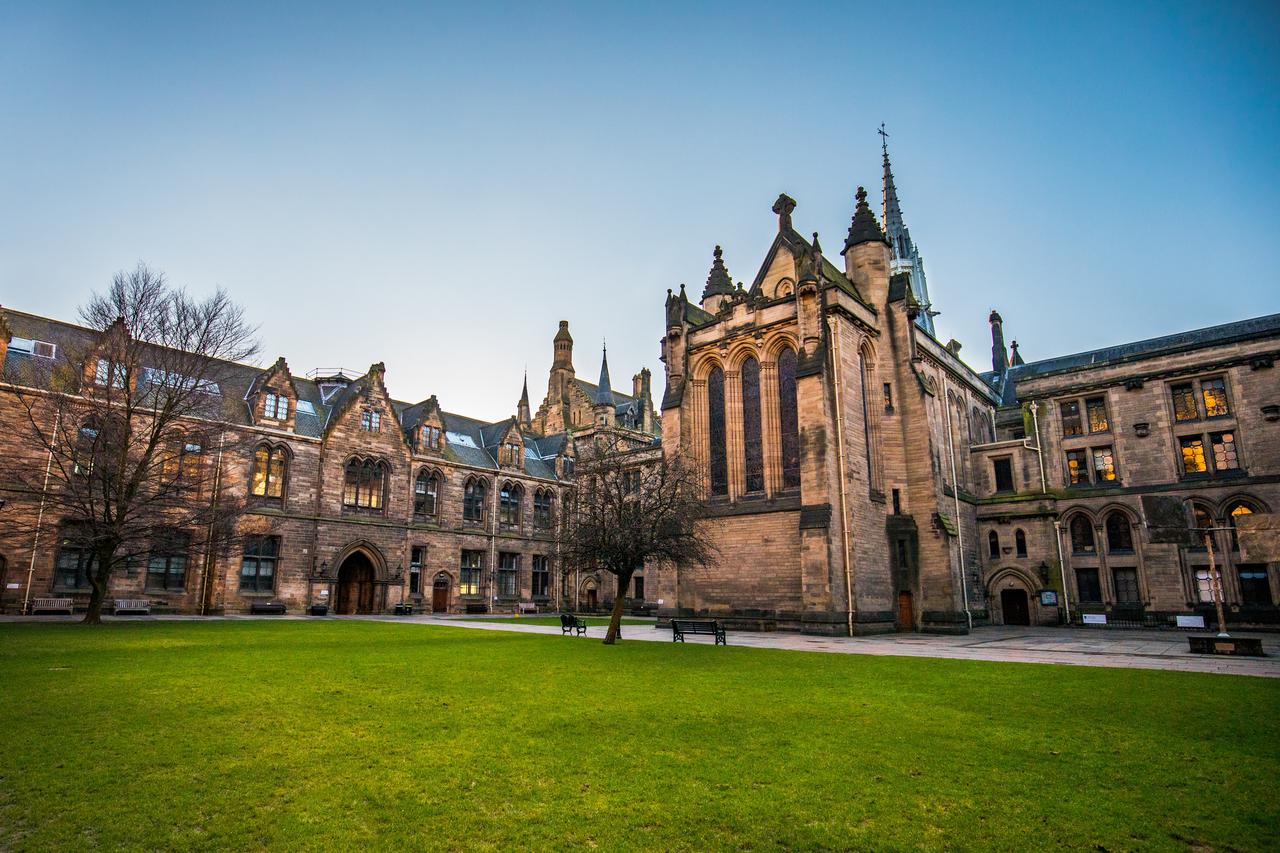
Attending an Ivy League college is an expensive prospect. In fact, the price of attendance is enough to ward off many would-be applicants from even considering these schools. It typically amounts to tens of thousands of dollars for just a year of study. At Harvard, for example, it costs over $75,000 to attend classes as a full-time student for one year. The good news, though, is that financial aid is available to help make the Ivy League dream possible.
There’s a lot to know when it comes to Ivy League scholarships. The admissions process alone is incredibly competitive, so many students may assume that this would hold true for financial aid opportunities in the same way. In reality, Ivy League scholarships are generally need-based; very few take merit-based factors like grades into account. The key, then, is to know when and how to apply for financial aid once you’ve been accepted to one of these schools.
Even if you haven’t actually been accepted to an Ivy League school yet, knowing what you need to do to obtain a scholarship ahead of time is crucial. Although they aren’t competitive in a merit-based manner, not every student will receive one, and applying as soon as possible gives you the best chance of making sure that you do. That’s why in this blog post, we’ll break down the types of scholarships available, what makes you eligible, and what you need to apply.
Two types of scholarships are offered by Ivy League schools: full-ride and full-tuition. Although they may be mistaken as meaning the same thing, there are key differences to keep in mind as you apply for either or both of them.
A full-tuition scholarship, as its name implies, fully covers the cost of tuition when attending an Ivy League school. With the high sticker prices associated with these schools, this alone makes a tremendous difference to potential students in financial need, but what it doesn’t cover is equally important to remember. Housing, textbooks, travel, and meals, for example, aren’t covered by full-tuition financial aid.
Full-ride scholarships, on the other hand, cover just about everything you’ll need during your time studying at an Ivy League college. These, however, are extremely rare, with a very small percentage of students receiving them.
Ivy League scholarship eligibility covers a wider range of income brackets than you may expect. In fact, Harvard states on its admissions page that families earning between $65,000 and $150,000 can expect to pay between zero and 10% of their annual income for a student to attend, and even some families at higher income levels may qualify for aid. Eligibility requirements are similar at other Ivy Leagues, as well.
This only covers need-based scholarships, which do make up a significant amount of the financial aid available to students from these schools. Some Ivy League schools like Duke University do offer merit-based aid opportunities, however. It’s up to you to do your research when it comes to a specific school you’re considering to find out if any merit-based scholarships are offered to increase your chances of decreasing your expected costs.

For need-based scholarship opportunities, two of the most important applications to fill out are the FAFSA and the CSS Profile. You may need to have the signed tax returns of yourself and both parents available to submit as well, as in the case of Yale.
Are you interested in learning more about how to get scholarships for Ivy League schools? Get dedicated, expert help through the process from Educational Attainment Services. Get in touch with us now to learn more.